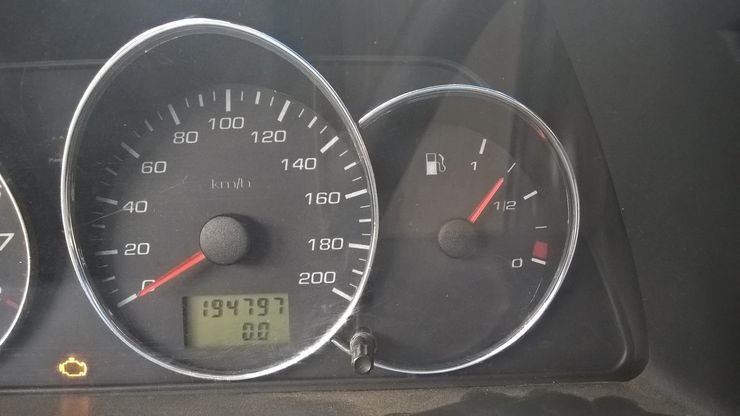Hidden functions of the daily mileage reset button that help identify faults
- May 11, 2023
- 0
Few people know that the daily mileage reset key can be used not only to reset the mileage. The functionality has been expanded in a number of cars.
Few people know that the daily mileage reset key can be used not only to reset the mileage. The functionality has been expanded in a number of cars.

A key that many do not pay attention to at all activates the diagnostic mode of the dashboard. And it is necessary to monitor the performance of all systems and identify various errors. Usually such a service function is provided so that the main diagnostics can quickly see the problem without connecting a scanner or other service equipment. For example, if the car has “gone crazy” on the road, and there is no specialist dealer with everything you need nearby.
It is not difficult to turn on this mode yourself: we hold down the button and at the same time turn on the ignition. As a result, all symbols on the neat flash. Then release the key and immediately press it again. This way individual signal indicators can flash again (depending on the specific model). For example, “malfunction of the exhaust system”. This may indicate that the car used to have some “styles” with a lambda sensor or an inverter, and then they disappeared. Perhaps the reason is bad gasoline, or the “cat” has already really begun to “give up”.
A lit ABS lamp will tell you that the electronics have also fixed some kind of error. Moisture may have entered one of the sensors. In addition, numbers appear on the display between the dials. These are error codes. Then you can immediately go to a specialist, tell him the same codes or use the technical documentation to decipher the information yourself.
Remember that the actual fuel consumption is often calculated using the mileage reset button. Moreover, on a given route, taking into account traffic jams, traffic lights and driving style. To do this, you need to come to the gas station with the low fuel lamp on, reset the mileage and remember how much was poured into the tank.
Further – we continue until the moment when the lamp lights up again. Then we make calculations: the amount of gasoline consumed is divided by the distance traveled and multiplied by one hundred. Let’s say we spent 28 liters per 300 kilometers. It remains 28 divided by 300 and multiplied by 100. We get – 9.3 l / 100 km. Quite a regular consumption for an average passenger car. According to him, we claim with high probability that everything is fine with the engine.

A key that many do not pay attention to at all activates the diagnostic mode of the dashboard. And it is necessary to monitor the performance of all systems and identify various errors. Usually such a service function is provided so that the main diagnostics can quickly see the problem without connecting a scanner or other service equipment. For example, if the car has “gone crazy” on the road, and there is no specialist dealer with everything you need nearby.
It is not difficult to turn on this mode yourself: we hold down the button and at the same time turn on the ignition. As a result, all symbols on the neat flash. Then release the key and immediately press it again. This way individual signal indicators can flash again (depending on the specific model). For example, “malfunction of the exhaust system”. This may indicate that the car used to have some “styles” with a lambda sensor or an inverter, and then they disappeared. Perhaps the reason is bad gasoline, or the “cat” has already really begun to “give up”.
A lit ABS lamp will tell you that the electronics have also fixed some kind of error. Moisture may have entered one of the sensors. In addition, numbers appear on the display between the dials. These are error codes. Then you can immediately go to a specialist, tell him the same codes or use the technical documentation to decipher the information yourself.
Remember that the actual fuel consumption is often calculated using the mileage reset button. Moreover, on a given route, taking into account traffic jams, traffic lights and driving style. To do this, you need to come to the gas station with the low fuel lamp on, reset the mileage and remember how much was poured into the tank.
Further – we continue until the moment when the lamp lights up again. Then we make calculations: the amount of gasoline consumed is divided by the distance traveled and multiplied by one hundred. Let’s say we spent 28 liters per 300 kilometers. It remains 28 divided by 300 and multiplied by 100. We get – 9.3 l / 100 km. Quite a regular consumption for an average passenger car. According to him, we claim with high probability that everything is fine with the engine.
Source: Avto Vzglyad
Donald Salinas is an experienced automobile journalist and writer for Div Bracket. He brings his readers the latest news and developments from the world of automobiles, offering a unique and knowledgeable perspective on the latest trends and innovations in the automotive industry.